I'm trying to fix the cooker hood of my kitchen and I found that the problem is in the controller. The PCB has two burned traces, respectively to the electric source of 220V (neutral and phase... picture below). I think it is very simple to fix with some solder on the broken traces, but since I don't know the reason why they brake, I'm not sure it's safe to adjust the PCB with this simple intervention.
Any advise?
LAST UPDATE:
I remade the broken traces of board and mounted back in its place, the result is:
The halogen light works (one of them, the other is broken). The corresponding button id the last on the right side.
The second button from the left side (lowest speed of the aspirator) turns the LED on, but the aspirator doesn't start.
Third and Forth buttons from the left side (intermediate and highest speed of the aspirator) trigger the home safety switch. (I guess in English can be translated in "electrical leakage"...)

